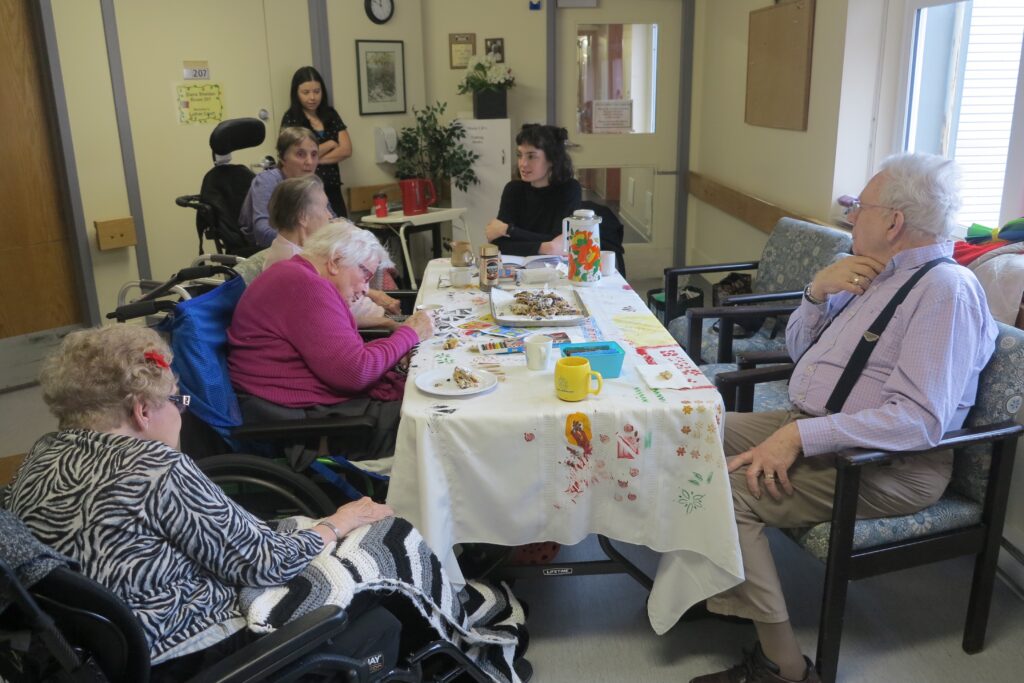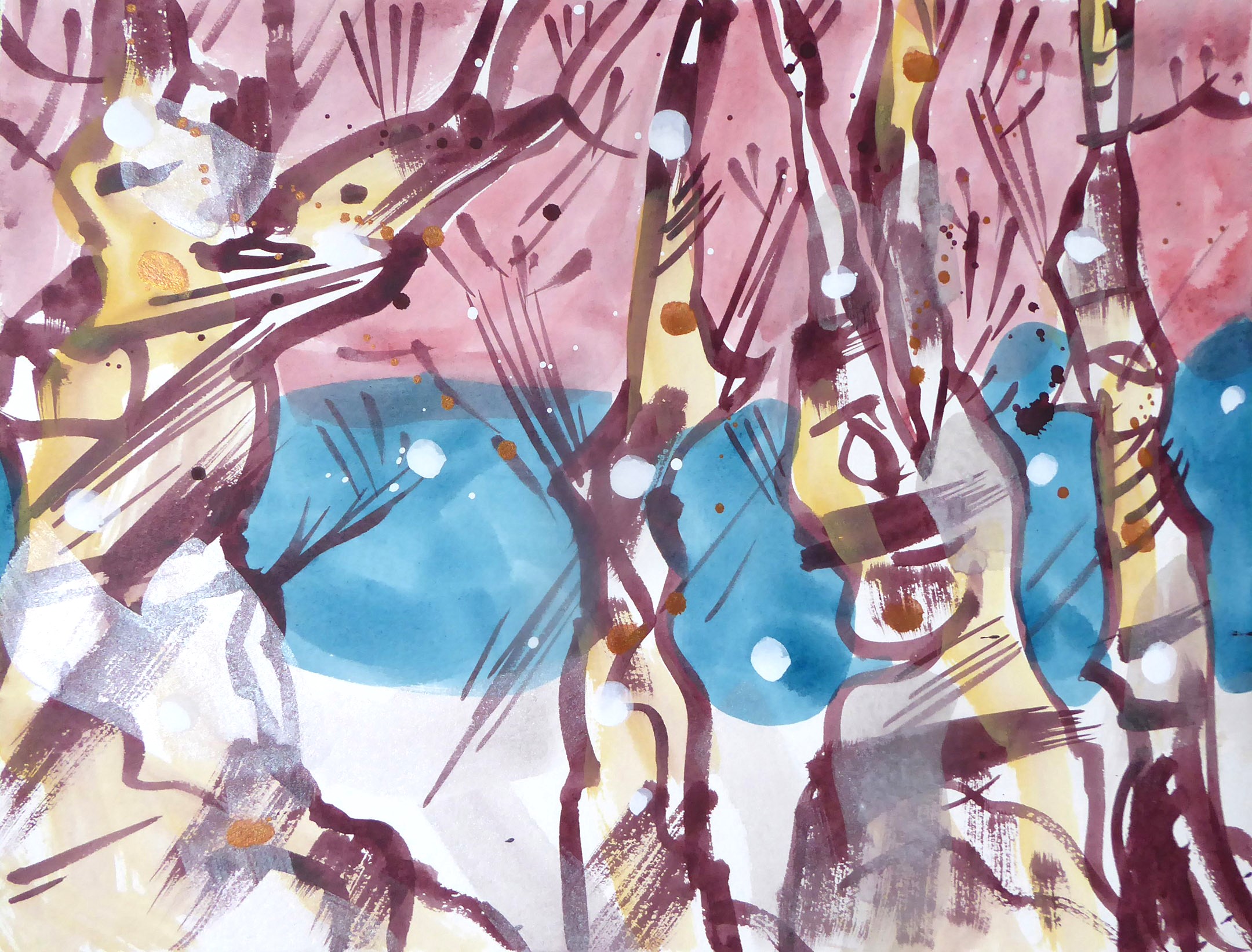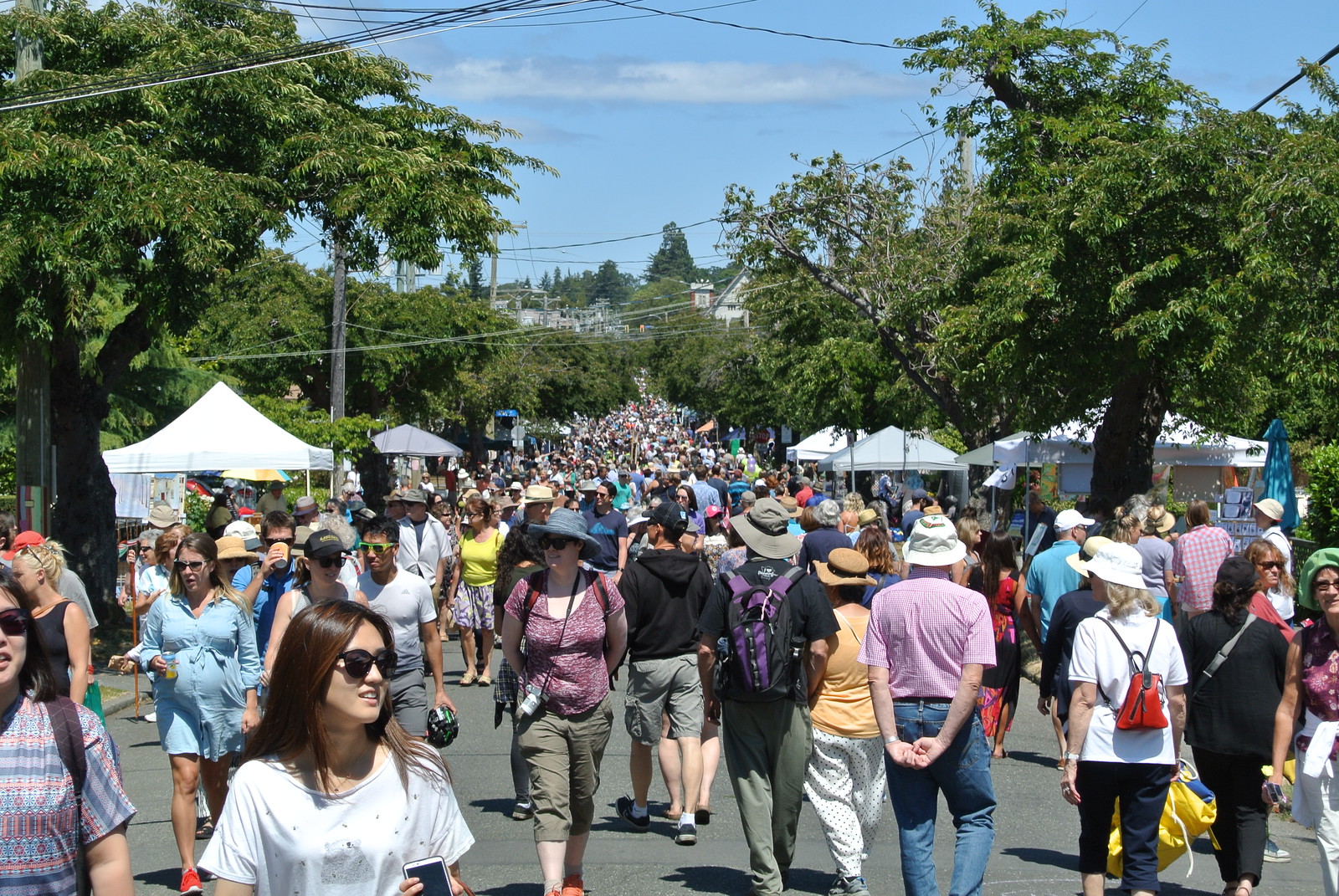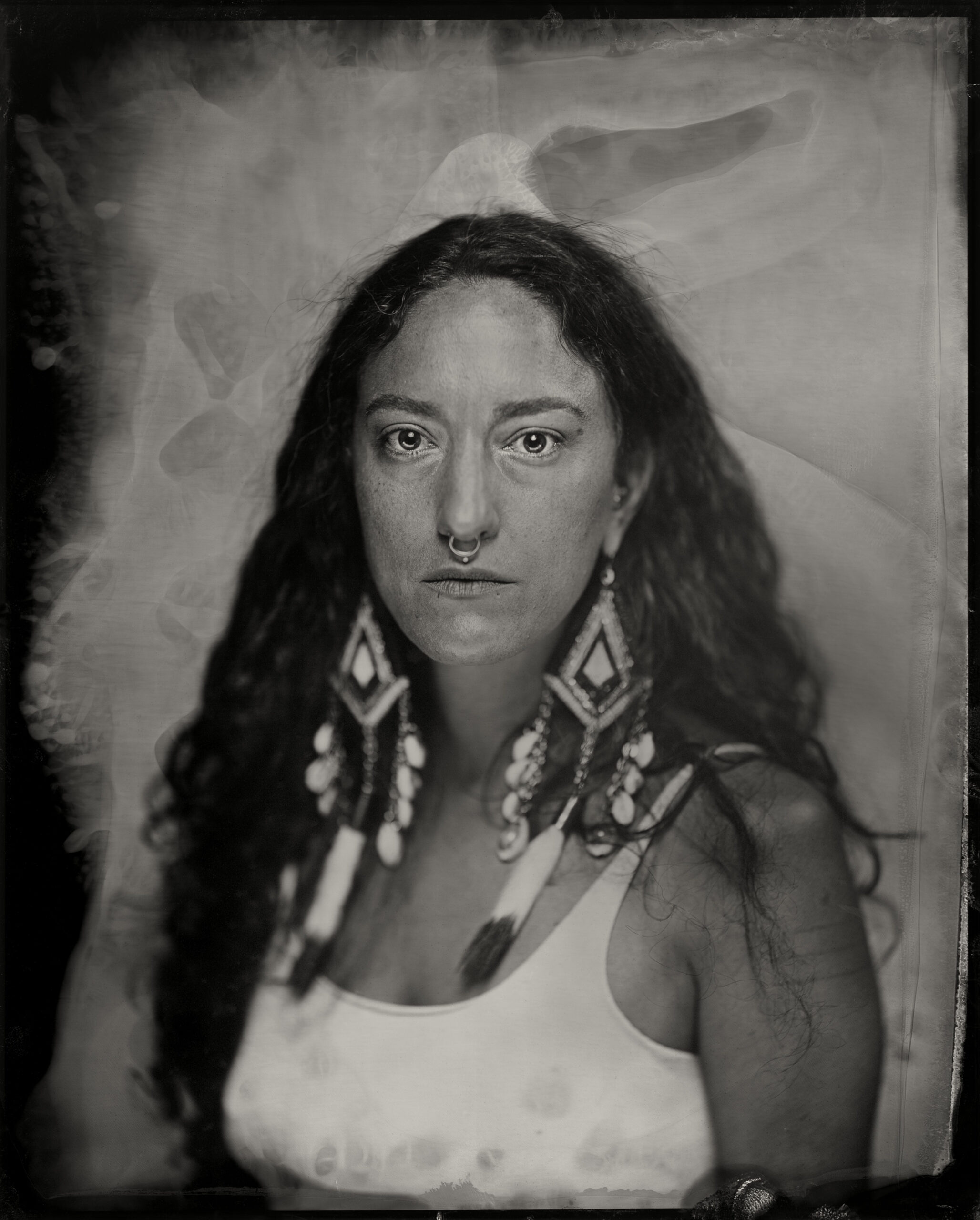By Regan Shrumm, AGGV Curatorial Assistant
Since November 2019, Victoria-based artist Libby Oliver has been the Listener-in-Residence at Luther Court Society, a non-profit society that cares for 120 seniors through subsidized independent suites, home support, assisted living, and long-term care. Before Oliver’s residence ends with a public open house in May, Assistant Curator Regan Shrumm sat down with Oliver to share more about her art practice and the residence.
RS: How would you summarize your artistic practice for those who might not be familiar with your work?
LO: I’m a photo-based artist whose work explores identity constructs. I primarily question the way we perceive ourselves, and each other through the lens of material culture, meaning through one’s objects or “stuff.” By viewing someone’s objects, I emphasize the gradual social ‘making’ of a person, as well as the individual and collective language that accompanies “stuff.”
My work bridges relational aesthetics with traditional portraiture. All of my art projects involve the active participation of others, often through visually representing a model’s relationship to consumerism. The majority of my work takes place in a model’s home. I feel very privileged to have the opportunity to work with a huge diversity of people, gain their trust to participate in my work, listen to their stories and to be allowed to share a piece of this experience as a final photography portrait.
RS: As an artist, why do you like to focus on a community art practice?
LO: I feel it’s a natural inclination for me to pair these two [portraiture and community art] together. Previous to studying visual arts, I worked in various community spaces and mental health programs. Through these experiences I learnt, and felt, the impact that small positive relationship- building- gestures has on people.
There’s an important role art has in strengthening our sense of community and connection to others. Portraiture allows me to display an individual within a community whom one may have not previously interacted with, or seen in that way. It’s going to be work that I continually seek out because it’s what fills me up most!
RS: What inspired you to come up with the Listener-in-Residence project?
LO: This program was a collaborative creation between me and you [Regan]. It evolved from conversations we had about ageism and a lack of regular contact between the elderly and younger generations in Victoria (which seemed especially necessary given our proportion of elderly people living here). I think we both recognized the need for more intergenerational programs and saw this as an opportunity to begin to build these connections.

RS: What does your residency look like on a weekly basis?
LO: I work with the same five participants each week. We meet in a group during one morning and I visit 1-2 of the participants one-on-one at another point during the week. I aim to create a comfortable, cozy environment for our group sessions by setting up a table we sit around and having snacks, coffee and tea to share. We designed the project to be fairly amorphous, so that it would evolve based on the participants in the group and their input and feedback.
Group sessions always start with a round table check-in, some breathing exercises and a conversation prompt (sometimes we talk about what art is, freedom, the news, their memories and stories). Sometimes we add to our table setting by decorating a table cloth or napkins, making candle holders or sharing in a person’s family recipe. When I meet with participants one-on-one I go to their rooms and talk to them about their stories, how they’re feeling or anything else that they decide to express.
RS: Why is it called Listener In-Residence rather than an Artist-in-Residence?
LO: You [Regan] and I decided to call it the Listener-In-Residence to put the emphasis on relationship-building and conversation. There’s often a very specific connotation people have with art, especially traditional art activities that take place in elderly care facilities. We wanted to suspend an expectation of the structure of this program and bring the relational process to the forefront, as opposed to the outcome on a specific art or craft object.
RS: The project is focusing on working with seniors to build intergenerational relationships and combat loneliness. How do you think the residence combats loneliness?
LO: I think this project is aiming to meet participants where they’re at. By that I mean giving the involved folks the opportunity and space to share their thoughts and ideas and contribute to the evolution of the group. Every participant has ongoing opportunities to be heard by each other, which allows people to feel that their stories and insights matter. Having consistency and time in the project have been necessary to developing a rapport and trust among the group.
RS: For you, what is the most fruitful part of the residency?
LO: I love getting to know the participants, understand their personalities, and hear their stories. They all offer totally different perspectives and experiences and I feel lucky to get to hang out with them all each week.
RS: What have you learned from the residency so far?
LO: I’ve been surprised and delighted by how open-minded all of the participants in the project are. Many of them offer very creative insights into what art and living is to them, and contribute ongoing insights I wouldn’t have anticipated. For example, one of the participants couldn’t connect where exactly she was or what she did that morning, but was able to refer to a bird as being an analogy for freedom as, “…a bird is what we perceive as freedom because we aren’t experiencing it, but a bird is also facing ongoing limitations…like the wind direction or weather…freedom is more a perception and ideal.”
I’ve also been learning a lot about the different challenges each individual in the program is grappling with, whether that be blindness, hearing loss, memory loss, mobility issues or hallucinations. Learning about the different barriers with each participant allows me to adapt my conversation and the activities with them and think through my accessibility with interacting with others outside the program.
RS: What is the next step in your residency now that you are over half-way through it?
LO: The first conversation we had together was about what we thought “art” was and could be. We talked about the gestures of art in small actions, such as decorating, mounting a horse, and having a conversation. The conversation centered around the idea of making a table and hosting people in your home as art. We are now in the process of making and sharing a special recipe from each person in the group. This provides an opportunity for the person who shared their dish to also share a story or memory about this food.
With input from each participant, I will be making portraits of everyone that display them in a playful and honest way. I’m most looking forward to this collaborative chapter of the project.
Feature Image: Libby Oliver | Anne | 2020 | A test portrait of one of the participants | Image: Courtesy of Libby Oliver.



